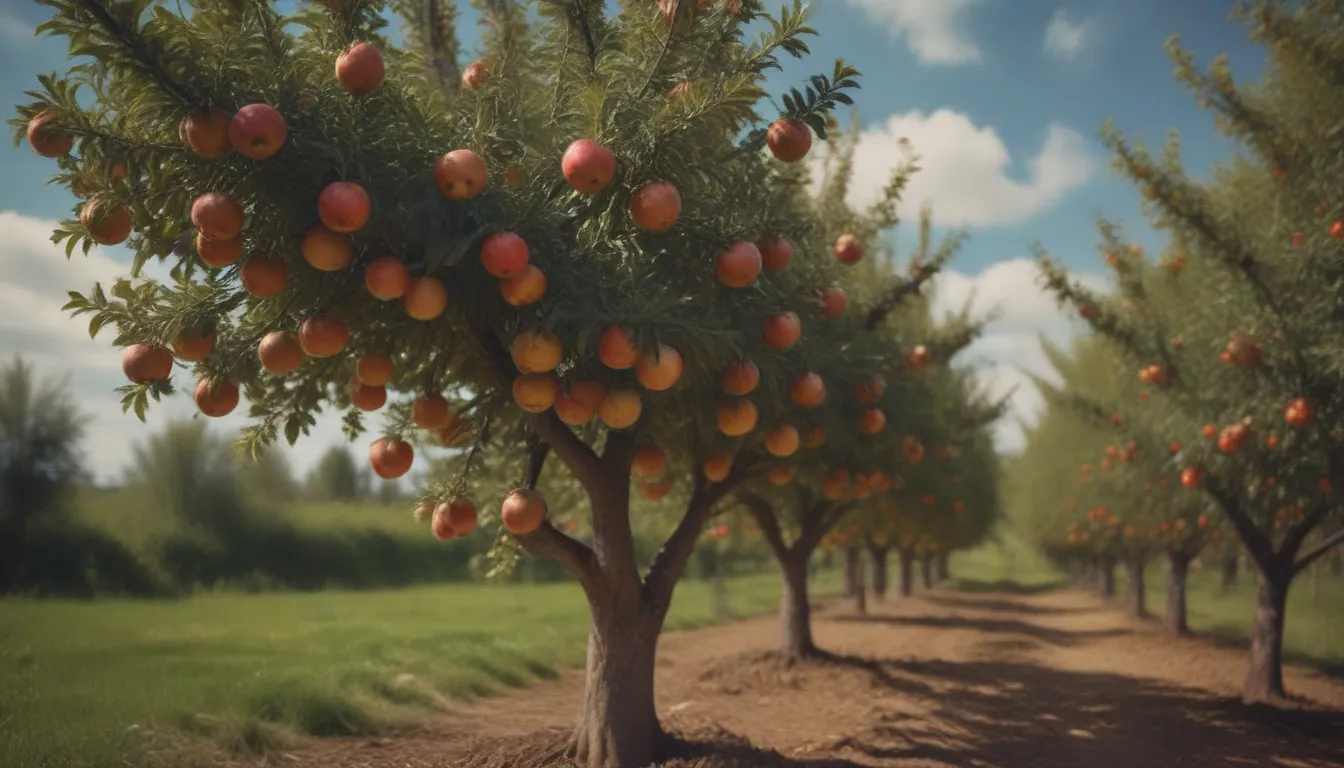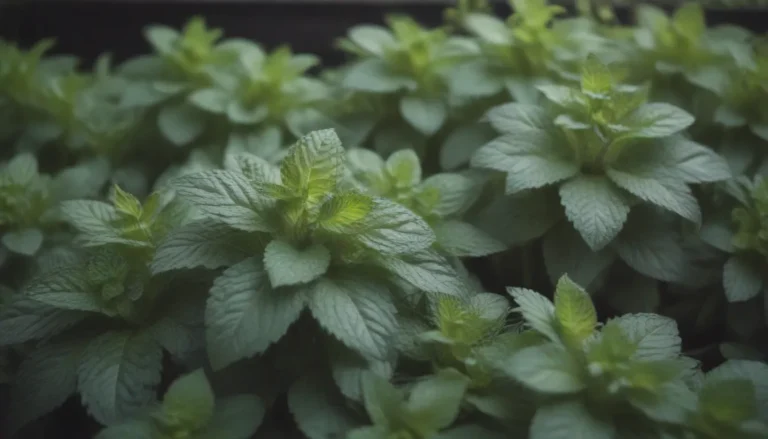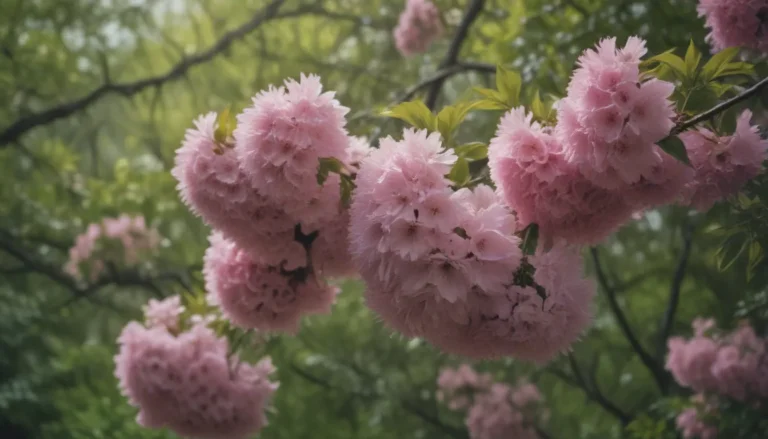The Ultimate Guide to Choosing and Growing Apple Trees

Are you dreaming of picking fresh, juicy apples from your own backyard orchard? With over 2,500 varieties of apples grown in the United States and 7,500 worldwide, the options can be overwhelming. But fear not! In this comprehensive guide, we will walk you through everything you need to know to choose the perfect apple tree for your garden. From taste and growing zones to pollination and harvest times, we’ve got you covered.
Factors to Consider When Choosing an Apple Tree
Taste
The quality of the fruit is a top consideration when choosing an apple tree. Consider whether you prefer a baking or snacking apple, or an all-purpose variety that is good for both. The taste, color, and size of the fruit will play a role in your decision-making process.
Growing Zone and Chill Hours
It is crucial to select an apple tree that thrives in your climate. Some varieties are better suited for cold climates, while others do well in warmer regions. Apple trees require a certain number of “chill hours” each year, so be sure to check the chill hour requirements of the tree you are considering.
Pollination
With few exceptions, apple trees require cross-pollination from a different variety to produce fruit. Make sure to plant two trees of different varieties that bloom at the same time to ensure successful pollination.
Harvest Time
Consider the harvest time of the apple variety you are interested in. Some varieties ripen as early as mid-summer, while others are ready for picking in October. Choose a variety that aligns with your schedule and preferences.
Susceptibility to Pests and Diseases
Apple trees are prone to pests and diseases, so look for a variety that offers some resistance to common issues such as fire blight and apple scab. Choosing a disease-resistant variety can help ensure a healthy crop.
Rootstock Types and Height
The height of an apple tree is determined by the rootstock it is grafted onto. Consider the size of the tree when selecting a rootstock type, as this will also affect the planting distance. There are several rootstock types to choose from, each with its own characteristics.
Fun Fact
Did you know that all apple trees grown today are cultivars? The original apple tree is native to Asia, but modern apple trees are cultivated varieties that are propagated by clonal grafting onto rootstock. This process ensures that the fruit produced is consistent and delicious.
Popular Apple Tree Varieties for Home Gardens
Now that you have a better understanding of what to look for in an apple tree, let’s explore 15 popular varieties that are well-suited for home gardens. Remember that harvest dates may vary based on weather and location, so be sure to check the specific details for your area.
- Anna
- Harvest:
- USDA Hardiness Zones:
-
Chill hours:
-
Braeburn
- Harvest:
- USDA Hardiness Zones:
-
Chill hours:
-
Cortland
- Harvest:
- USDA Hardiness Zones:
-
Chill hours:
-
Cox Orange Pippin
- Harvest:
- USDA Hardiness Zones:
-
Chill hours:
-
Dorsett Golden
- Harvest:
- USDA Hardiness Zones:
-
Chill hours:
-
Ein Shemer
- Harvest:
- USDA Hardiness Zones:
-
Chill hours:
-
Fuji
- Harvest:
- USDA Hardiness Zones:
-
Chill hours:
-
Gala
- Harvest:
- USDA Hardiness Zones:
-
Chill hours:
-
Golden Delicious
- Harvest:
- USDA Hardiness Zones:
-
Chill hours:
-
Granny Smith
- Harvest:
- USDA Hardiness Zones:
- Chill hours:
-
Honeycrisp
- Harvest:
- USDA Hardiness Zones:
- Chill hours:
-
Jonafree
- Harvest:
- USDA Hardiness Zones:
- Chill hours:
-
Jonagold
- Harvest:
- USDA Hardiness Zones:
- Chill hours:
-
Pink Lady
- Harvest:
- USDA Hardiness Zones:
- Chill hours:
-
Sweet Sixteen
- Harvest:
- USDA Hardiness Zones:
- Chill hours:
TIP
Planting apple tree varieties with staggered harvest times can help you enjoy fresh apples throughout the growing season. Consider including early-season, mid-season, and late-season bloomers in your orchard for a continuous supply of fruit.
Additional Resources
For more information on selecting and growing apple trees, check out the following resources:
– Rootstocks for Fruit – Royal Horticultural Society
– Disease Susceptibility Ranking of Apples – Cornell University
With the knowledge and guidance provided in this article, you are well-equipped to choose the perfect apple tree for your garden. Happy planting and enjoy the fruits of your labor!





